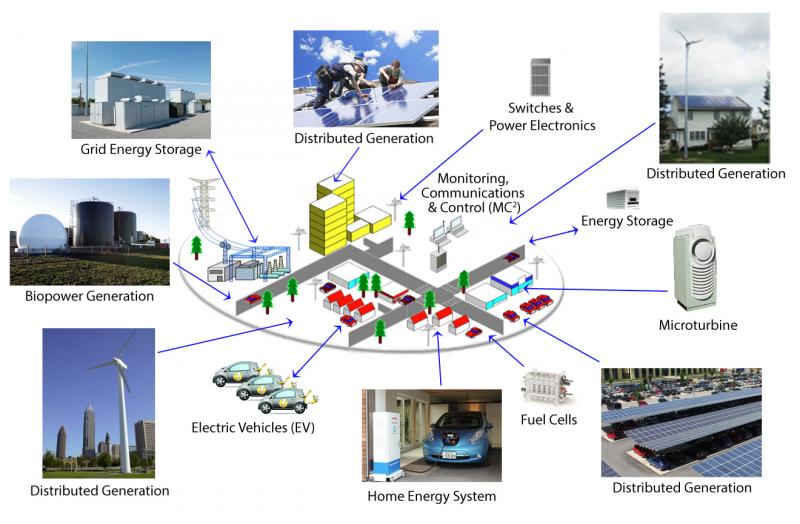Introduction
In recent years, the energy landscape has witnessed a significant transformation with the emergence of distributed generation (DG). Unlike traditional centralized power plants, DG refers to the generation of electricity at or near the point of consumption. This decentralized approach to energy production is reshaping the way we generate, consume, and think about power. In this blog, we will delve deeper into the concept of distributed generation, exploring its benefits, challenges, and the potential it holds for a sustainable energy future.
The Concept of Distributed Generation
At its core, distributed generation involves small-scale power generation systems that are interconnected to the local distribution grid. These systems can range from solar panels and wind turbines on residential rooftops to small-scale natural gas generators or microturbines in commercial buildings. Unlike large centralized power plants that transmit electricity over long distances, DG facilities generate power close to where it is needed, reducing transmission losses and enhancing energy efficiency.
Advantages of Distributed Generation
-
Enhanced Resilience: One of the significant advantages of DG is its ability to enhance grid resilience. In traditional centralized systems, a single point of failure can lead to widespread blackouts. However, with DG, power generation is dispersed, making the grid less susceptible to large-scale failures. In the event of a natural disaster or other disruptions, localized DG systems can continue to supply electricity to critical infrastructure and homes.
-
Increased Efficiency: Centralized power plants often waste a substantial amount of energy during transmission over long distances. DG, on the other hand, minimizes these losses since the energy is produced closer to the end-users. This not only conserves energy but also helps reduce greenhouse gas emissions, making it a more environmentally friendly option.
-
Integration of Renewable Energy: Distributed generation allows for the seamless integration of renewable energy sources like solar, wind, and biomass into the existing grid. This empowers individuals and communities to generate their electricity sustainably, promoting a cleaner and greener energy mix.
-
Empowerment of Communities: DG enables communities to take charge of their energy needs. Local businesses, schools, and households can become energy producers, selling excess power back to the grid, and thus, becoming active participants in the energy market.
-
Load Management: With DG, it becomes easier to manage peak electricity demand. During times of high demand, localized generation sources can provide additional power, reducing strain on the grid and avoiding potential outages.
Challenges of Distributed Generation
While distributed generation offers numerous benefits, it also faces some challenges that need to be addressed for its widespread adoption.
-
Interconnection and Grid Management: Integrating numerous small-scale generation systems into the grid requires proper planning and coordination. Ensuring stable and efficient grid management while accommodating varying power outputs from renewable sources can be complex.
-
Regulatory Barriers: Outdated regulations and policies may hinder the growth of distributed generation. Clear and supportive regulations are essential to encourage investments in DG technologies.
-
Costs and Financing: Although the costs of renewable energy technologies have been decreasing, the initial investment for setting up distributed generation systems can still be a barrier for some individuals and businesses. Access to favorable financing options is crucial to overcome this hurdle.
Conclusion
Distributed generation represents a fundamental shift in the energy paradigm, empowering individuals and communities to actively participate in the production and consumption of electricity. With its potential to enhance grid resilience, reduce energy losses, and promote renewable energy integration, DG holds the key to a sustainable energy future. To fully unlock its benefits, it is vital for governments, regulators, and stakeholders to collaborate in addressing the challenges and supporting the growth of distributed generation technologies.
